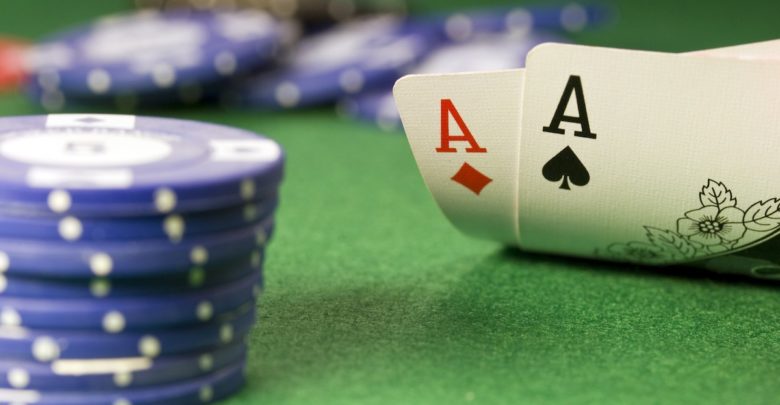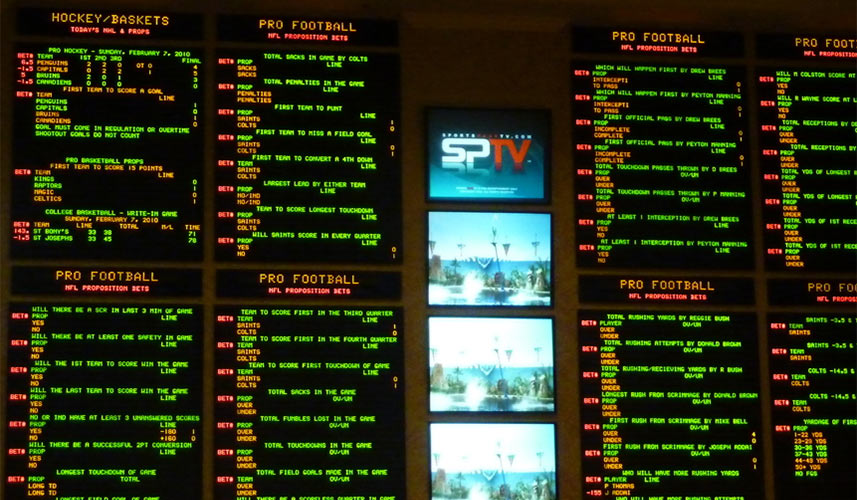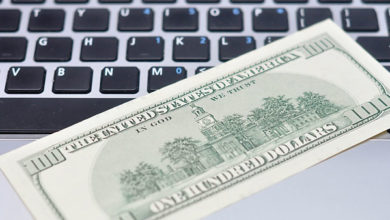How to Bluff with Flush Draws to Win Hands

There are many factors to consider in order to pull off a successful bluff in poker. It can be a difficult strategy to imply as well as a difficult play to execute, especially if you have a flush draw. You have to know how to pick your spots, that’s for sure. Timing is crucial. You must know yourself as well as your opponents, not to mention a wide variety of other factors. Here, we will go over those factors and take you through not only what makes a good bluff work, but how to bluff with those flush draws in order to win as many hands as possible.
Know Your Opponents
When it comes to bluffing successfully, knowing your opponent is the first factor to consider. After all, the ball is in their court when you bluff. If you bet and he folds, your bluff works and you win the hand. If you bet and he calls, your bluff fails. The best way to avoid the latter is to have a strong handle on your opponents’ behavior. When do they fold? When do they call? What can you do to affect his behavior?
There are many different kinds of poker players, and you need to pick the right opponents to bluff against. In a perfect world, you have only one opponent to bluff against. There are times when your bluff will work against an entire table, especially with a flush draw. However, most of the time, you want it to be one on one. You also want to avoid bad targets for your bluff. You don’t want to bluff a guy who is so bad that he doesn’t think about your bet when he decides to call or fold? You don’t want to try to bluff a guy who is too loose to lay down his hand to your bet. After all, if he’s too bad to think about what your bet means, then he’s too bad to lay down his hand no matter what you do. So don’t bluff a guy who calls too much. As the saying goes, it’s easier to bluff a good player than a bad player.
Along those lines, the recent history of your opponent needs to be taken into consideration too. Some players get down quick in a session and they tilt. They’ll give away the rest of their stack with any kind of draw. These players don’t make good targets for a bluff, even if normally they’re a good player. At the other end of the spectrum, if a player has just won a large pot and is stacking his chips, or if he’s getting ready to leave, then he’s probably thinking more about keeping his stack. So at that point, he’d make a good bluffing target. Always know your opponent inside out before attempting to bluff.
Know Yourself
Your poker table image plays a large part in whether any bluff will be successful or not. If you’re seen as a tight player, your bets will more likely be believed as representing strength. Your bluffs will be more likely to succeed. On the other hand, if you’re perceived as a loose player who takes big chances and makes wild bets, your bets will more likely be met with skepticism. Either works for a bluff but you must know how you are being perceived in order for it to be successful. You’ve got to sell yourself as a certain type of player so your bluff is as believable as possible.
Your Position
The position you are in relative to the remaining player or players in the hand is an important consideration and overlooked much too often. Generally, you want to see how your opponent reacts to the board before you decide to bluff. This makes a late position much more advantageous than early position when bluffing. If he checks you can often presume him to be weak and bet. If you have to bet or check first, you won’t have the advantage of seeing his reaction to the board.
However, in poker and all things gambling, few things are always true. Sometimes, it can be better to bluff from early position. If, for instance, you’re playing against an opponent who also understands that bluffing is generally more successful from a late position, you may be more likely to fool him into folding a superior hand by betting in early position.
Flush Draws
What makes a flush draw so good to bluff with is that it’s still a good hand. There’s a popular misconception that bluffing is reserved for bad hands and terrible draws. Nothing can be further from the truth. Bluffing is about making your opponent think you have a better hand than you actually do via wagering properly. Having a worse hand than how you are wagering doesn’t necessarily mean you have a bad draw. Flush draws are great because anything can happen. You can still get a strong hand which gives your bluff some insurance.




